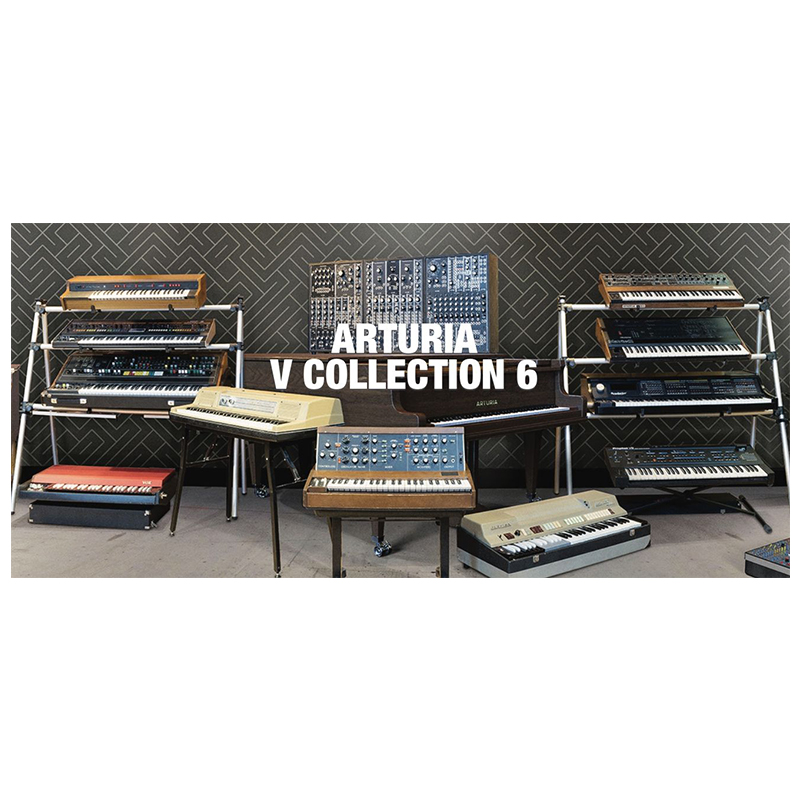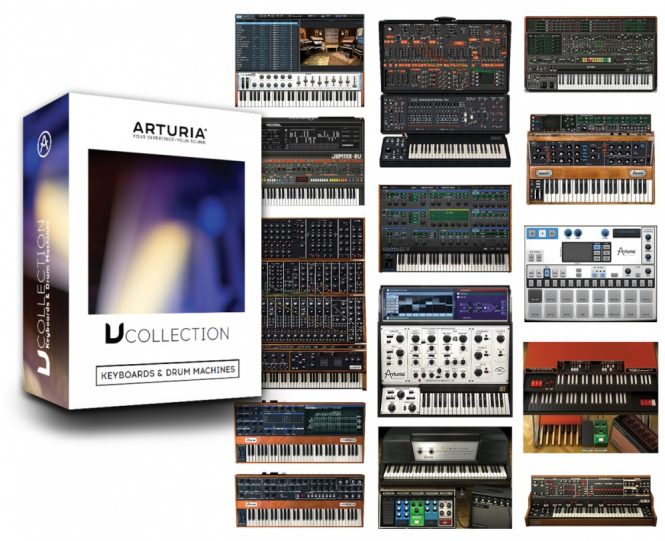
You usually can tell its doing circuit-modelling when it uses a lot of CPU even when doing nothing.The biggest additions to the family, though, are definitely the Augmented Voices and Augmented Strings. If you really want accuracy, u-he's Repro and many of Roland's Cloud plugins are circuit-modelled and the closest ever made thus far outside of digital synths (Plogue OPS7 is a bit-accurate emulation of the digital Yamaha DX7). But Arturia's "TAE" is probably marketing sass - if they really modelled the circuits, they'd have gotten it right the first time! You usually can tell its doing circuit-modelling when it uses a lot of CPU even when doing nothing. You'll get more sleep and less grey hairs that way. I was really disinterested in Cherry Audio's stuff but their PS-20 (and perhaps a few others) can sound surprisingly good despite not being accurate. Ultimately it's better to stop worrying whether its accurate and instead focusing on whether it can do the sounds you're looking for.

I've heard that some of Arturia's synths are closer than others, but I take that with a pinch of salt, because it only takes one rotten apple to spoil the basket. IMO Jup-8 V4 still doesn't nail it, it's basically on par with Zenology's Jupiter-8 Model Expansion (which is known for not being as close to hardware compared to their own ACB versions).

I don't doubt that they tried to improve the sound engine, at least a bit. So for example, their Jupiter-8 clone has 4 versions:

The thing about 'better', is that better doesn't necessarily mean accurate.Įach time Arturia updates their synths they bump the number.


 0 kommentar(er)
0 kommentar(er)
